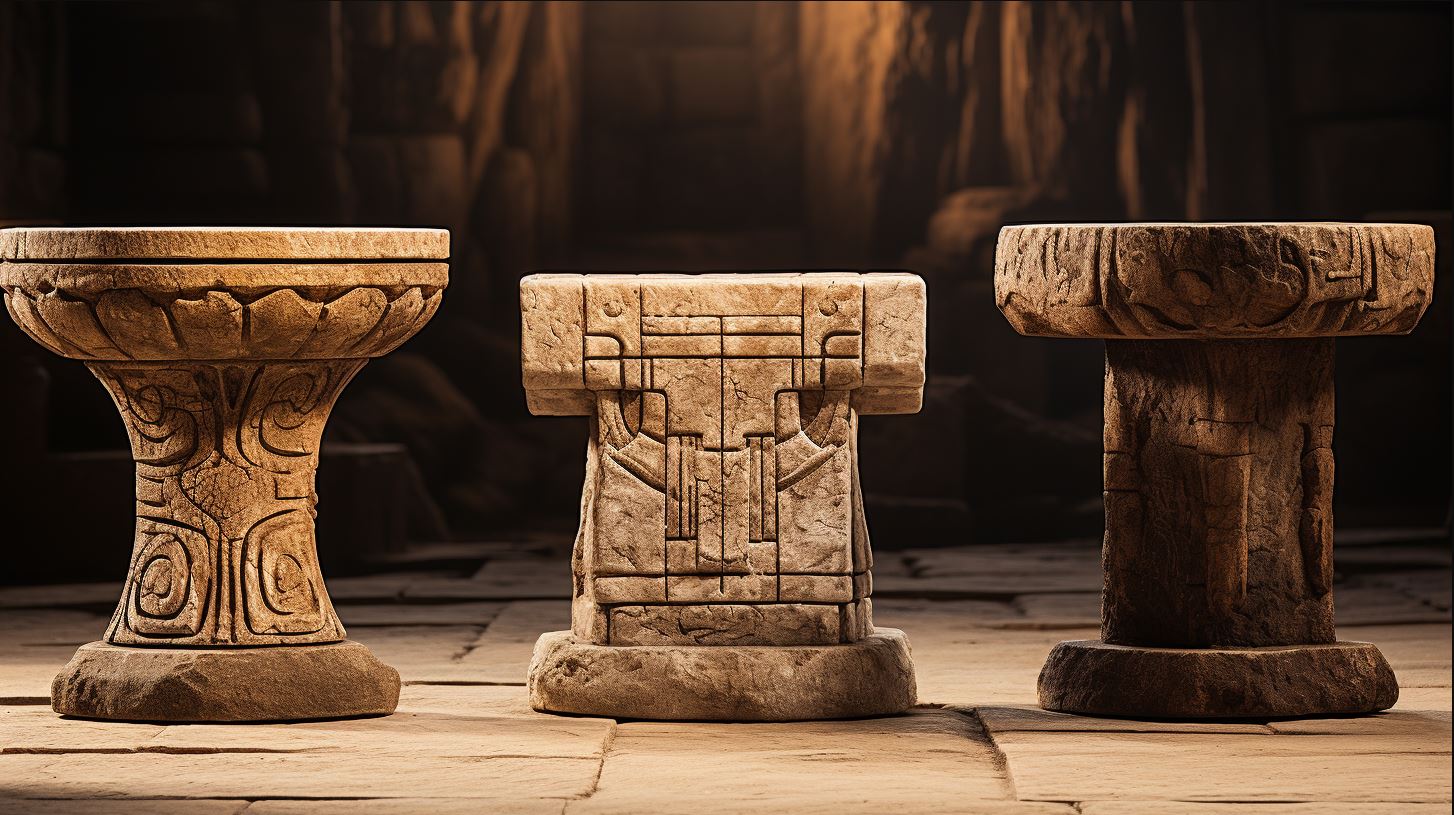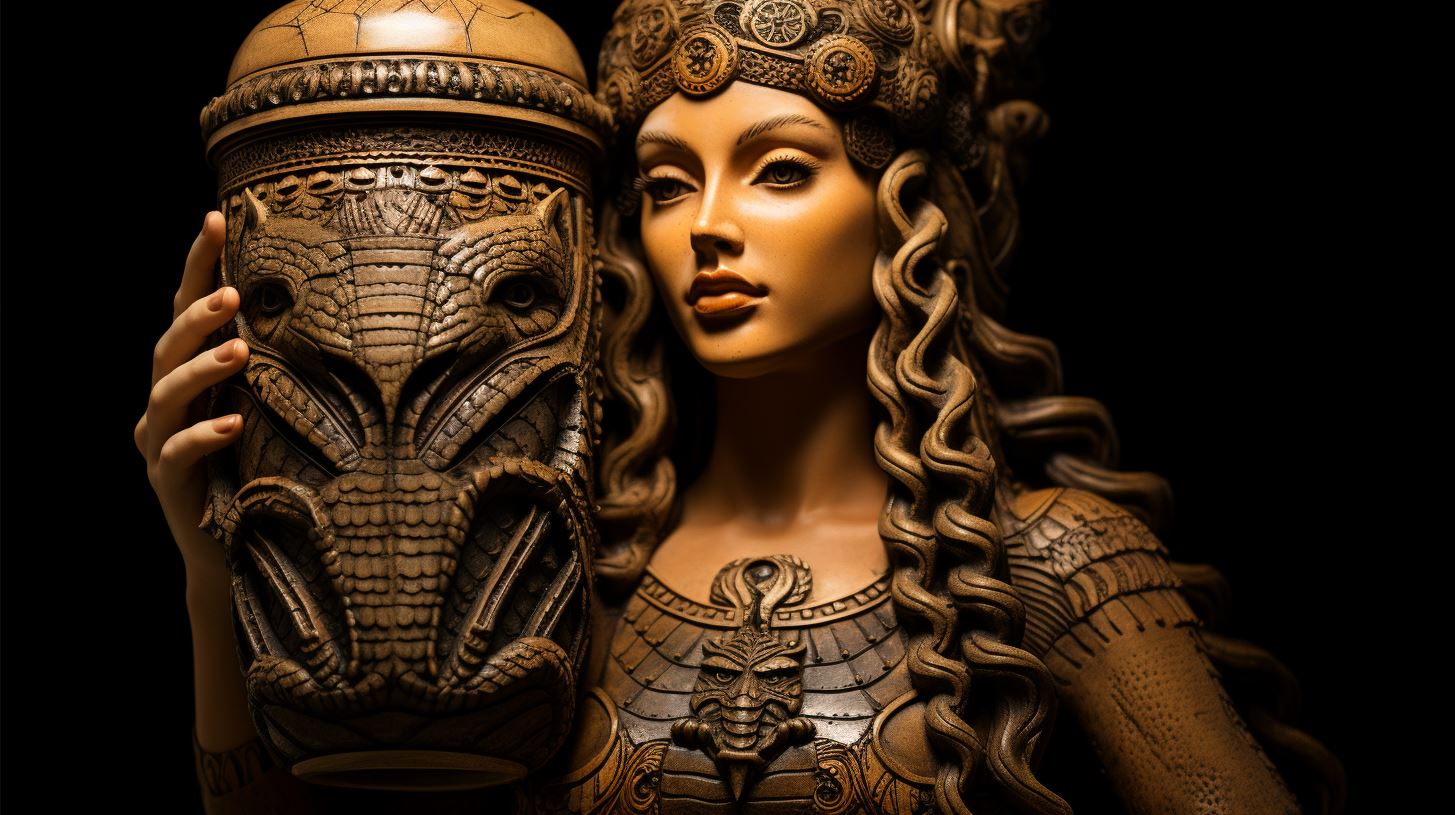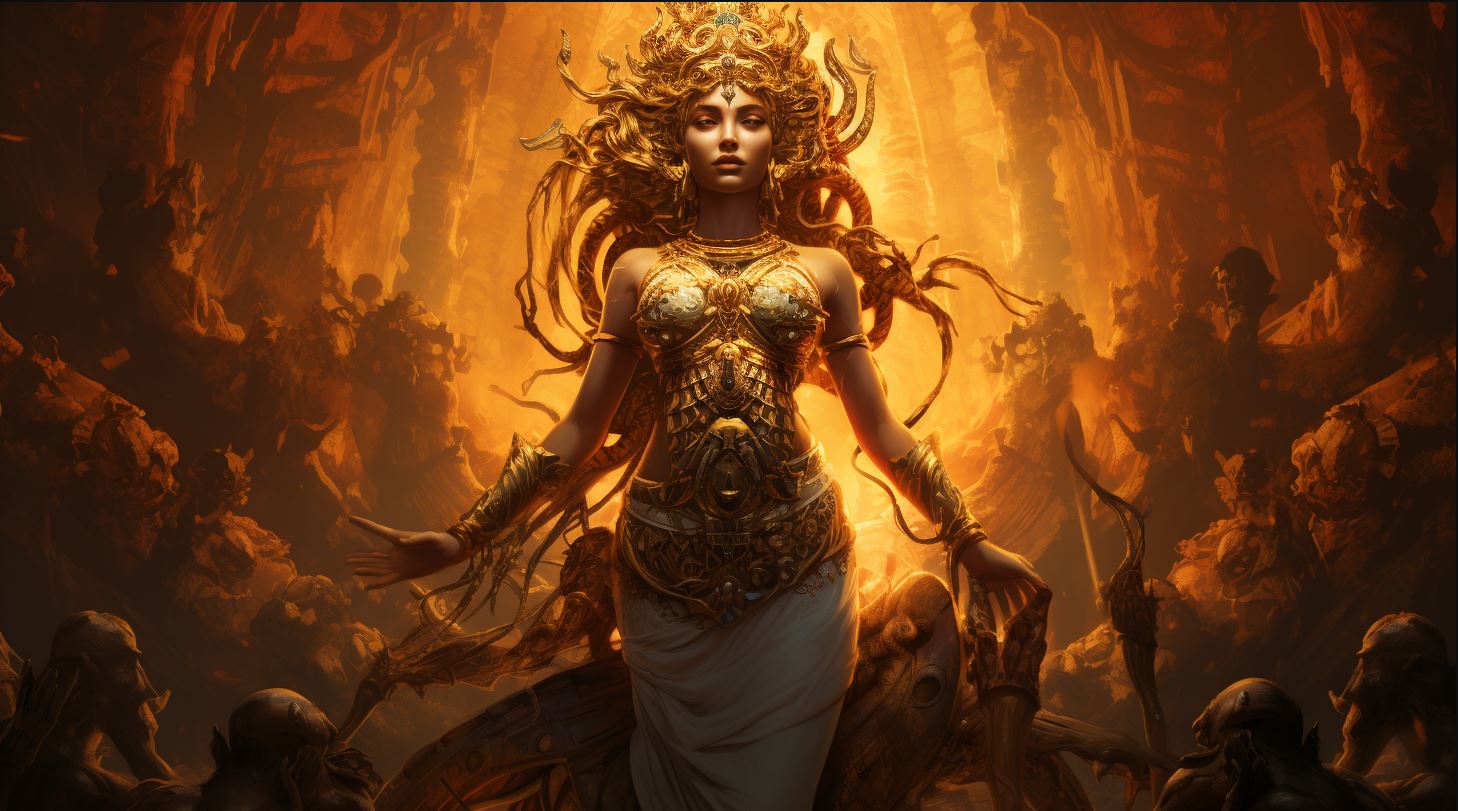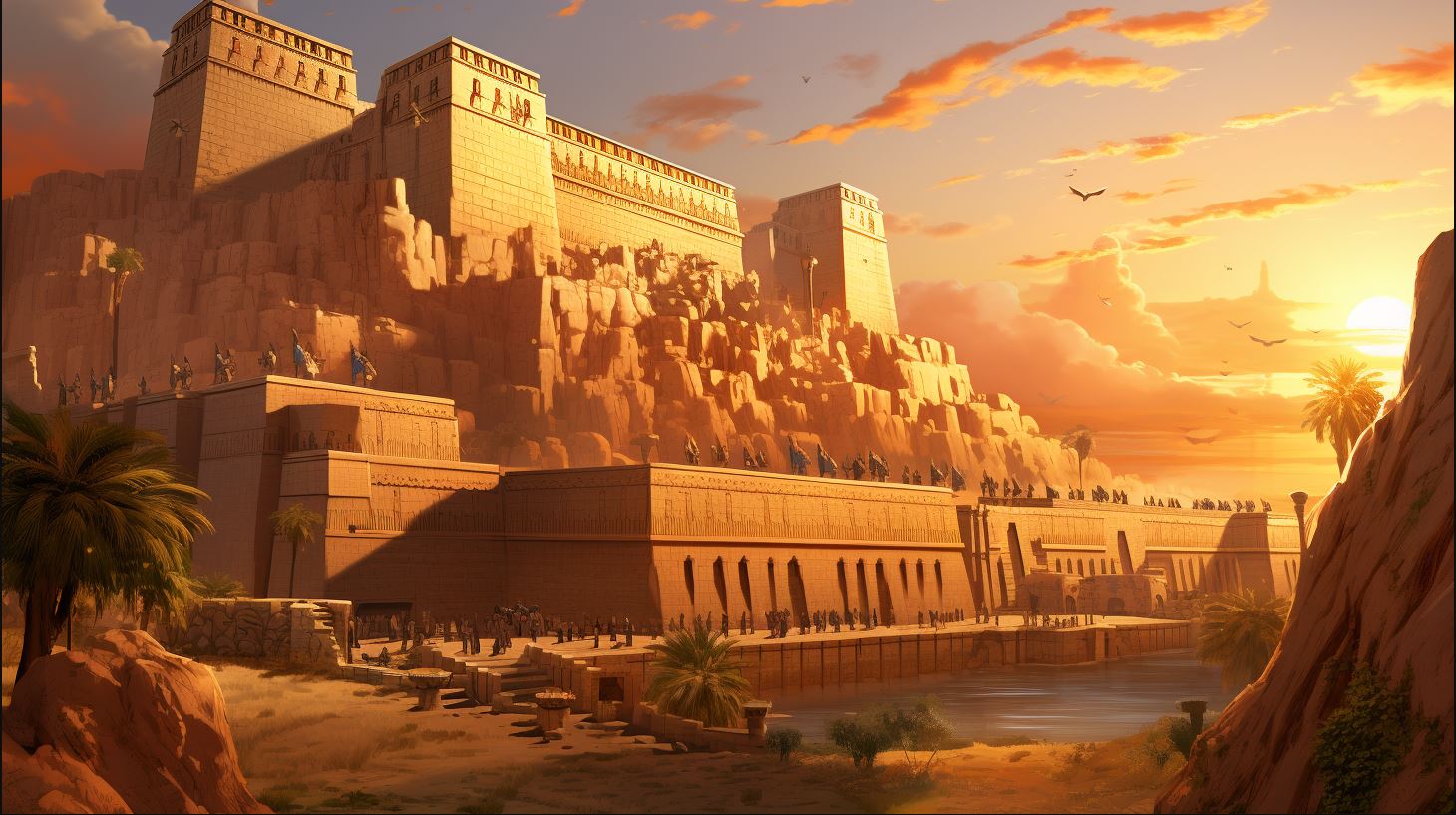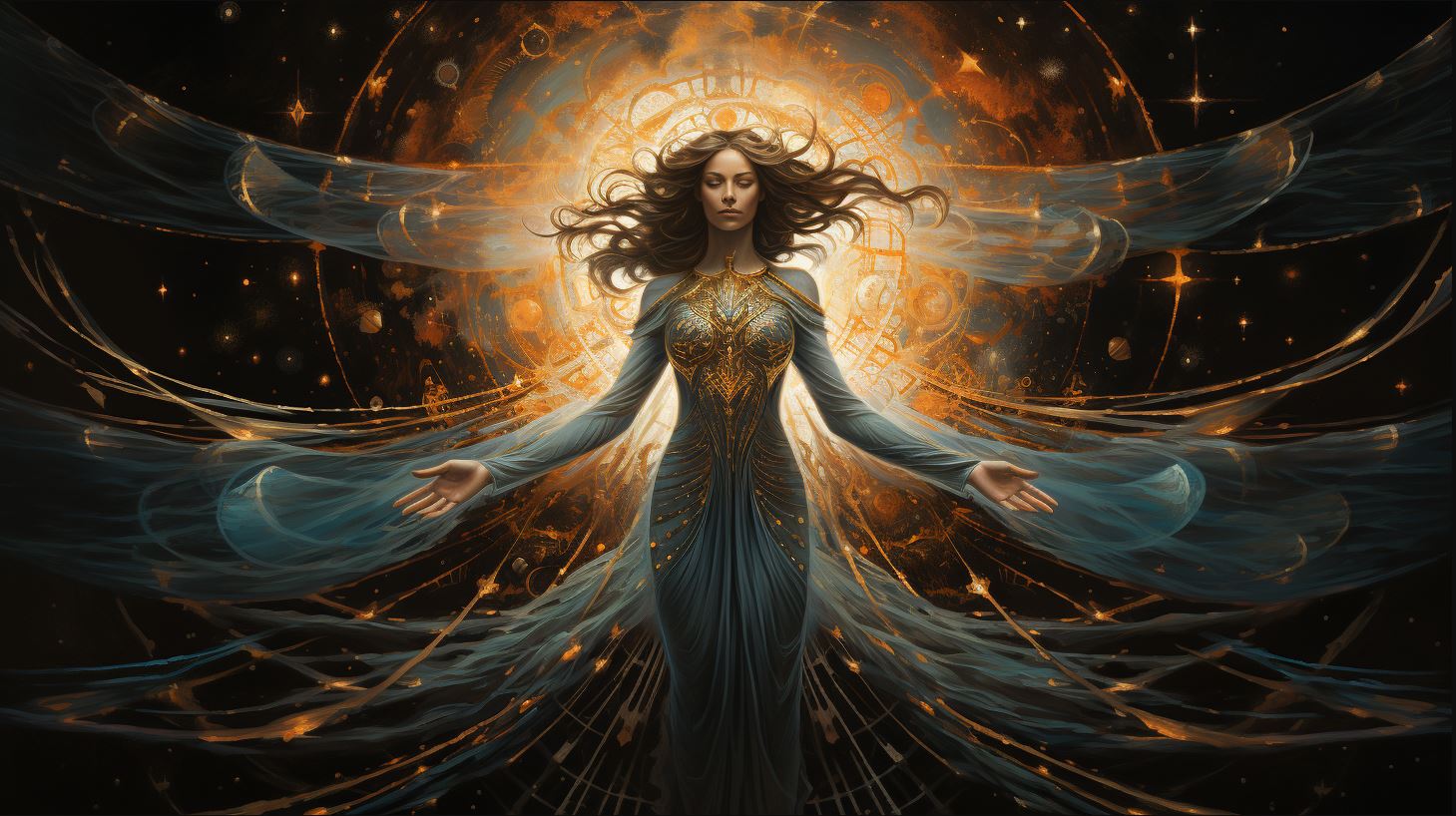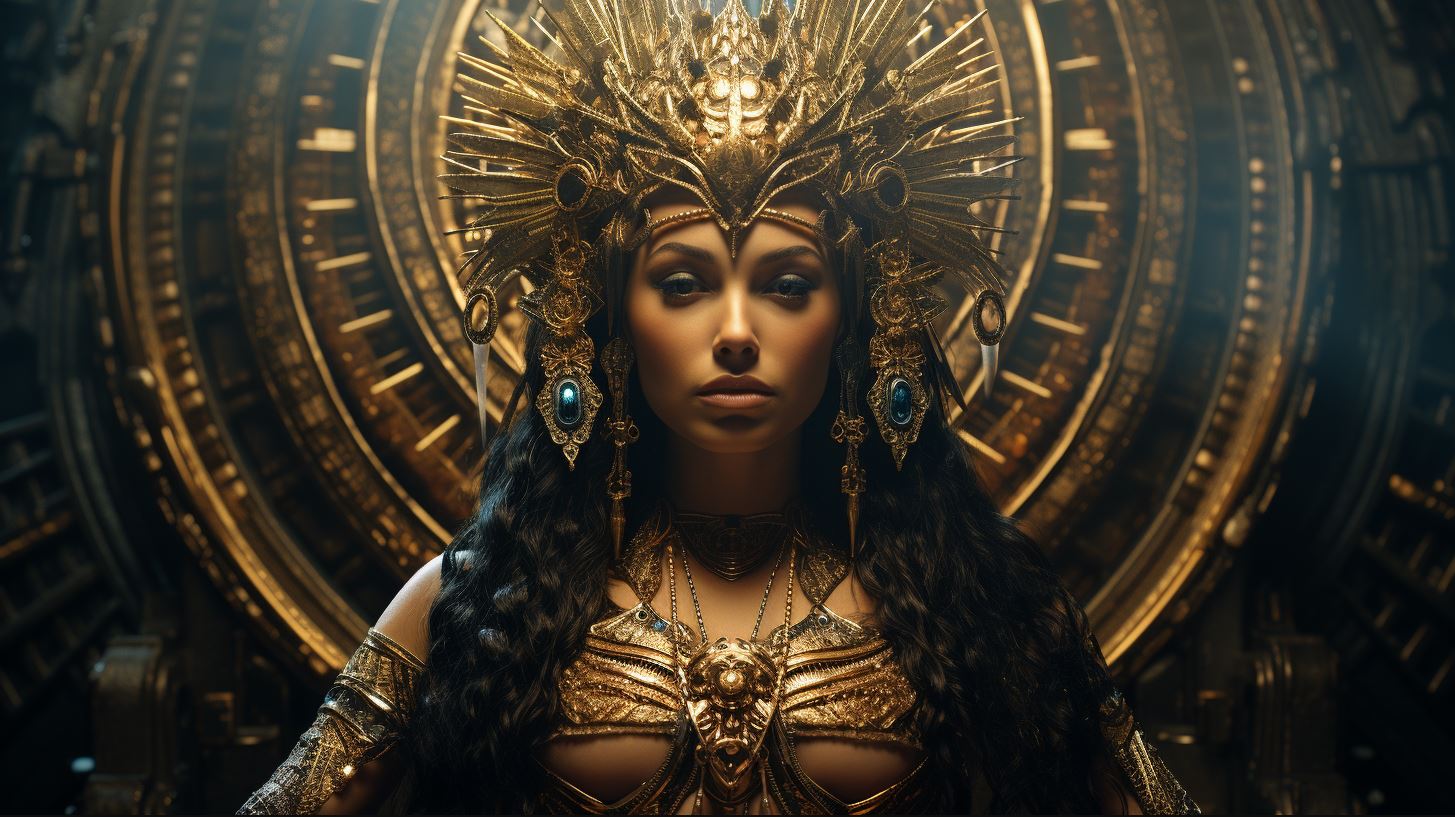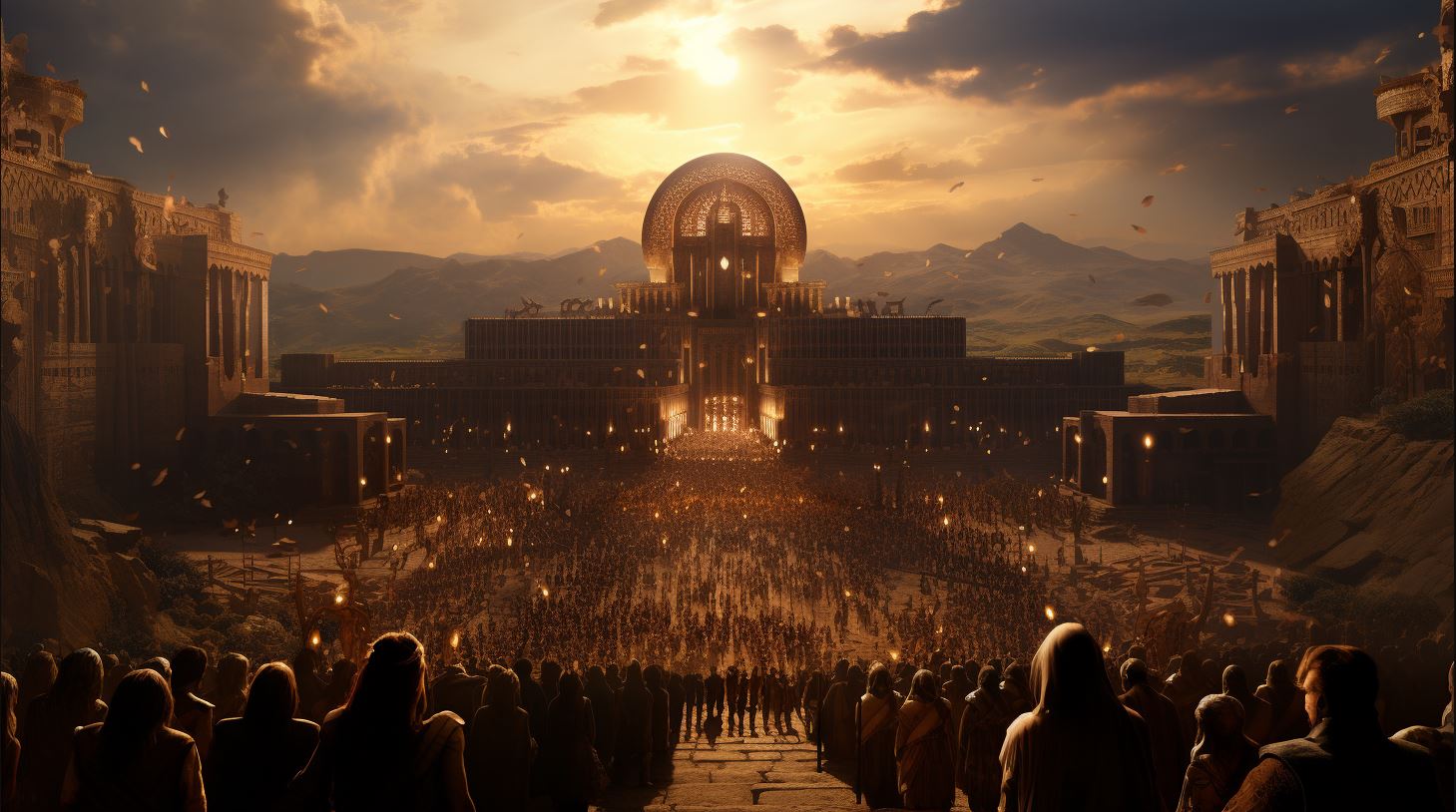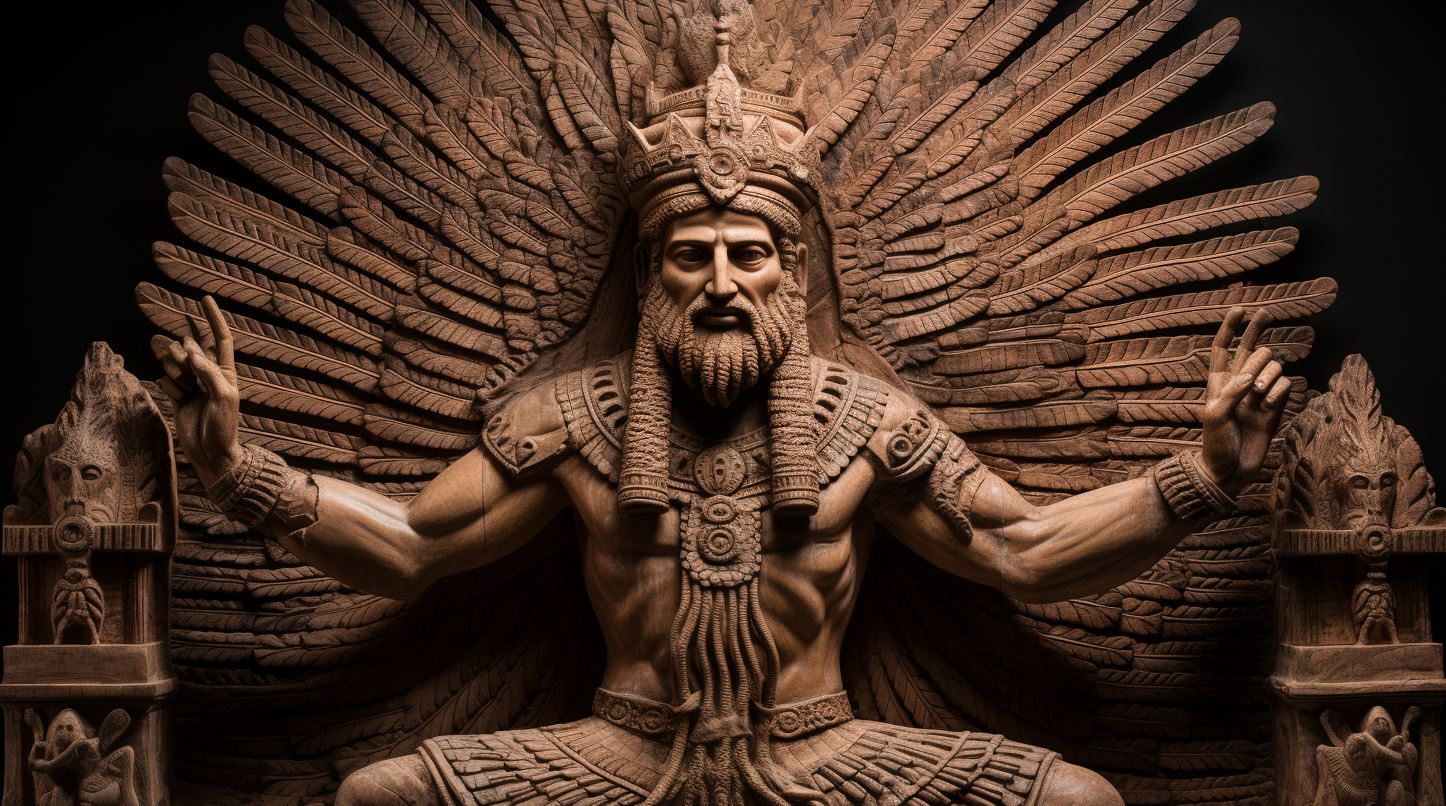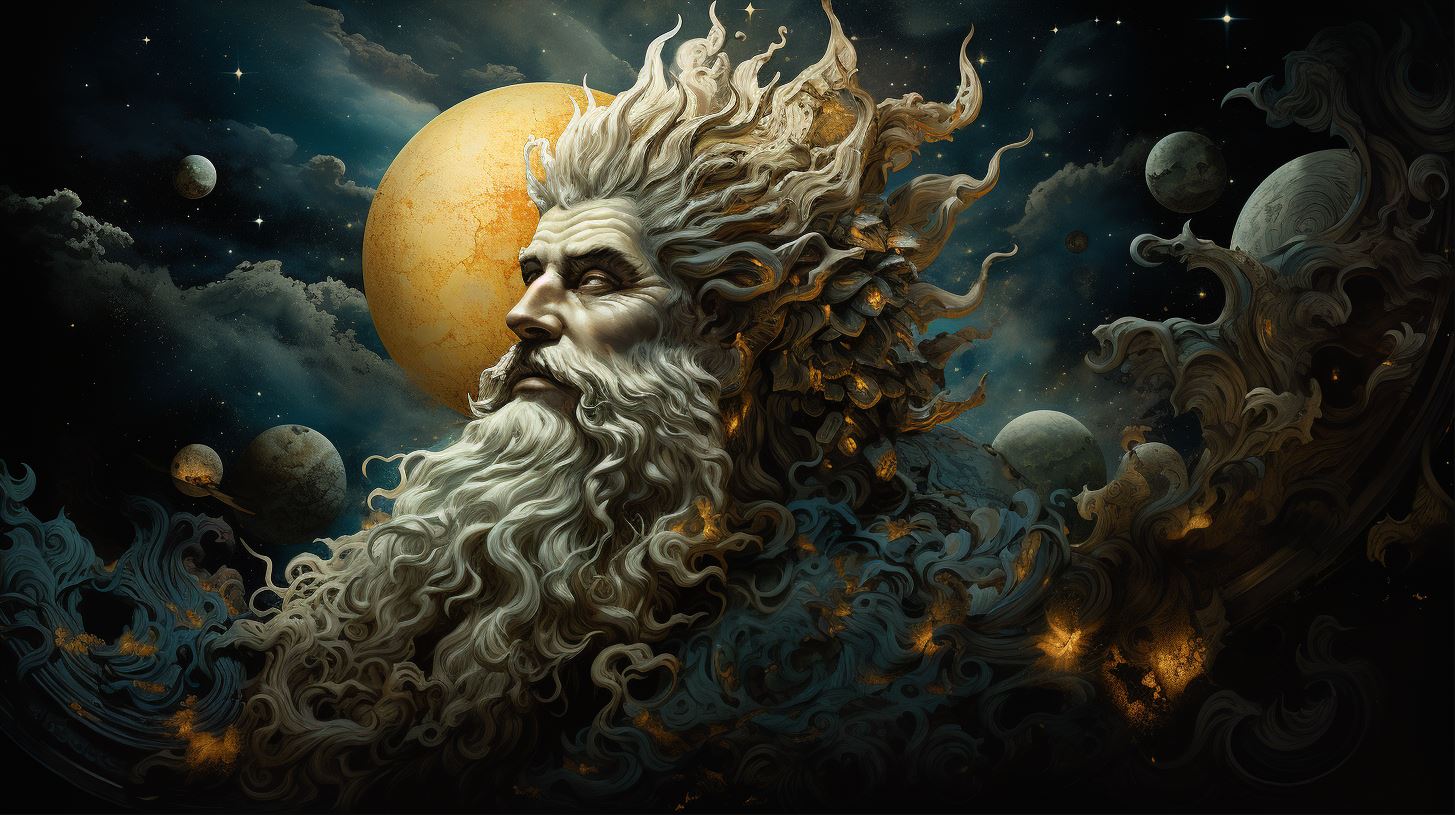Sumerian Tablets of Creation: Unlocking Secrets of Ancient Mesopotamian Beliefs
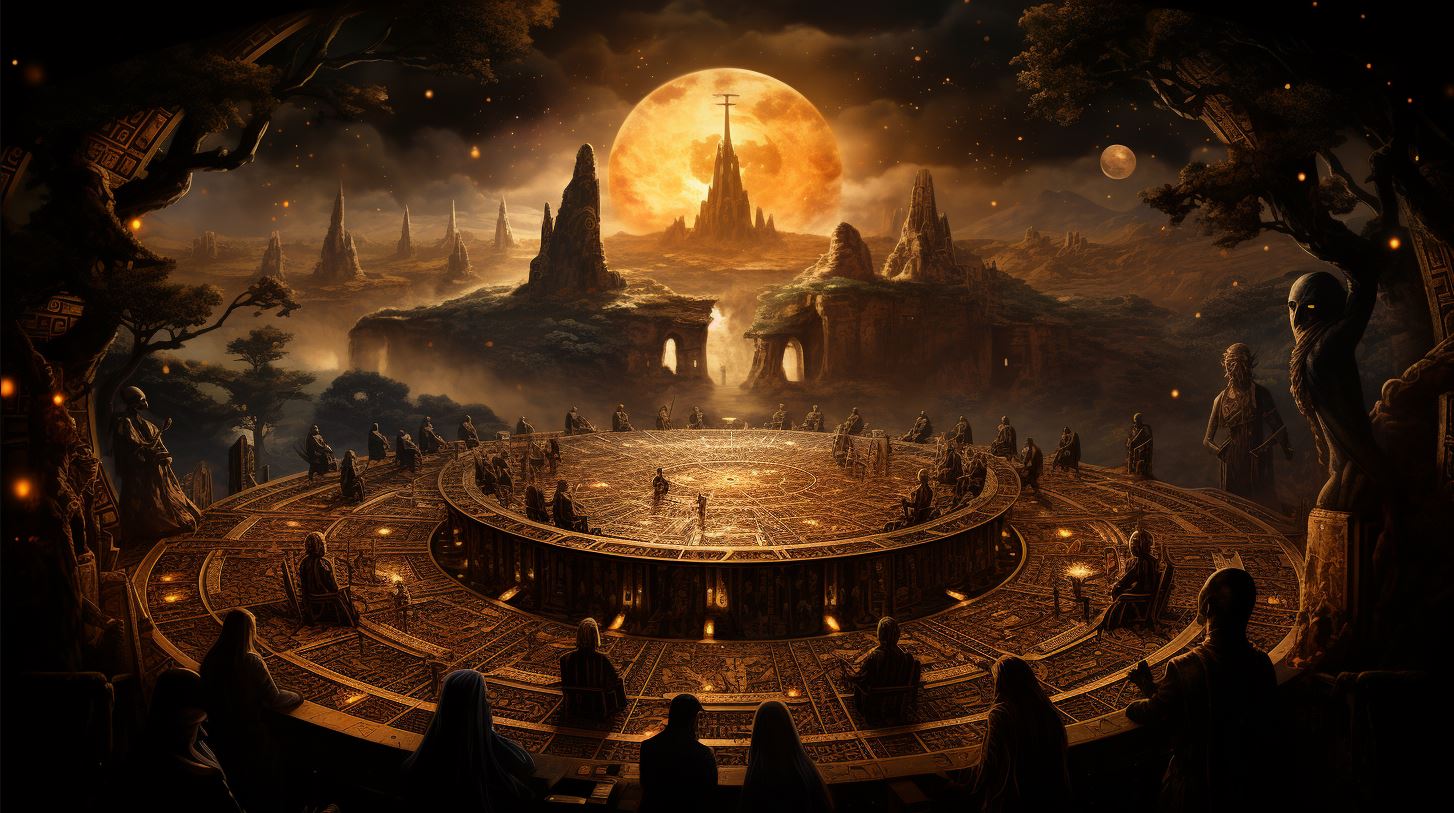
The Sumerian tablets of creation offer valuable insights into ancient Mesopotamian beliefs and mythology. These ancient texts reveal a complex cosmology and the role of gods in the creation of the world and humanity.
They shed light on the intricate relationship between gods and humans, highlighting the significance of servitude and the challenges faced by mankind. Furthermore, comparisons with other creation myths, such as Genesis and Gilgamesh, provide a broader understanding of ancient storytelling traditions.
Through the study of Sumerian tablets, we gain a deeper appreciation for the cultural and religious heritage of the Mesopotamian civilization.
Origins of the Sumerian Tablets of Creation
The Sumerian tablets of creation hold a significant place in unraveling the ancient Mesopotamian beliefs and mythology. These tablets provide insights into the rich cultural heritage of the Sumerians and shed light on their cosmological and mythological narratives.
Understanding the origins of these tablets allows us to delve deeper into the intricate religious and societal practices of ancient Mesopotamia.
Ancient Mesopotamian Beliefs and Mythology
Ancient Mesopotamia, located in present-day Iraq, was home to the Sumerian civilization, one of the oldest recorded civilizations in history. The Sumerians possessed a complex belief system that revolved around a pantheon of gods and deities.
They worshipped these gods and believed in their divine power and authority. The Sumerian tablets of creation serve as invaluable sources to comprehend the intricate religious beliefs and mythological tales that defined the Sumerian worldview.
Significance of the Sumerian Creation Myths
The Sumerian creation myths documented in the tablets hold immense significance in understanding the origins of existence according to the Sumerians. These myths shed light on the creation of the world, the celestial beings, and the relationships between gods, humans, and the natural elements.
They provide a glimpse into the Sumerian concept of cosmology, the role of humans in the divine order, and the origins of various societal and cultural practices.
The Sumerian creation myths also hold significance in comparative mythology, as they offer parallels to other ancient creation stories such as the biblical account of Genesis and the Epic of Gilgamesh.
These tablets contain rich accounts of the gods and deities, their roles in the creation of the world, and the subsequent development of human civilization.
Gods and Deities in Sumerian Creation Texts
The Sumerian creation texts introduce us to a pantheon of gods and deities who play integral roles in the process of creation.
These divine beings include powerful entities like Anu, Enlil, Enki, and Ninki. Each deity possesses distinctive characteristics and responsibilities, showcasing the complexity of Sumerian religious beliefs.
The Role of Enki and Ninki in Human Creation
Among the gods involved in human creation, Enki and Ninki stand out prominently.
Enki, the god of wisdom and underground waters, and Ninki, a goddess, collaborated to fashion the first human being. They mixed the blood and body of a deceased god with clay, resulting in the creation of the first man, named Adapa.
Comparisons with Other Creation Myths (e.g., Genesis, Gilgamesh)
- The Sumerian tablets of creation offer intriguing parallels with other ancient creation myths. For instance, a notable comparison can be drawn between the Sumerian creation story and the biblical narrative of Genesis.
Both stories involve the creation of humans in a divine garden-like setting, albeit with variations in details and theological implications.
- Certain similarities can also be observed between the Sumerian creation story and the Epic of Gilgamesh, an Akkadian literary masterpiece.
These similarities hint at the interconnectedness of ancient Mesopotamian cultures and their shared mythological motifs.
By examining these similarities and differences, scholars gain valuable insights into the universal aspects of human storytelling and belief systems across different civilizations.
Keep in mind that the text above is formatted in HTML and can be used on a website, with appropriate heading tags and list tags as requested.
Understanding Sumerian Cosmology and Society
The Divine Hierarchy and the Role of Humans
The Sumerian tablets of creation offer profound insights into the divine hierarchy and the relationship between gods and humans.
According to Sumerian beliefs, each city was protected by its own god, and humans were considered servants to the gods. This hierarchical structure placed the gods at the pinnacle of power, with humans occupying a subordinate position.
The tablets depict the gods as the creators and rulers of the universe, with specific roles and responsibilities. They emphasize the gods’ authority over the natural elements, celestial bodies, and different aspects of human existence.
Humans were seen as intermediaries between the gods and the material world, entrusted with maintaining harmony and order.
Insights into Ancient Sumerian Politics and Religion
The Sumerian tablets shed light on the intricate relationship between politics and religion in ancient Mesopotamia. The rulers of Sumer sought political legitimacy by aligning themselves with the gods and presenting their reign as divinely ordained.
They used religious rituals and ceremonies to establish their authority and maintain social order.
Religious institutions played a crucial role in shaping Sumerian society. Temples served as centers of both religious worship and economic activity.
The priests and priestesses held significant positions of power and influence, acting as intermediaries between the gods and the people. Sumerian religion permeated every aspect of daily life, from agriculture to trade, and even legal matters.
Key points:
- The Sumerian cosmology emphasized the divine hierarchy, with gods at the top and humans serving as their subjects.
- Humans were seen as intermediaries between the gods and the material world, responsible for maintaining harmony and order.
- In ancient Sumer, politics and religion were intertwined, with rulers seeking legitimacy through their connection to the gods.
- Religious institutions, such as temples and priesthood, played a central role in Sumerian society.
Overall, the study of Sumerian cosmology and society provides valuable insights into the ancient Mesopotamian civilization, its religious practices, and the complex roles of gods and humans.
Understanding these concepts is crucial for comprehending the worldview and cultural dynamics of this fascinating civilization.
Analysis and Interpretation of Sumerian Creation Texts
The analysis and interpretation of Sumerian creation texts offer valuable insights into the ancient Mesopotamian beliefs and mythology. Scholars and researchers face linguistic challenges and rely on translation efforts to comprehend the rich and intricate meaning conveyed by these tablets.
This section explores the scholarly debate surrounding the Sumerian tablets and the ongoing research dedicated to unraveling their significance.
Linguistic Challenges and Translation Efforts
Deciphering and understanding the Sumerian language present inherent difficulties due to its ancient nature. Scholars meticulously study the cuneiform script and employ comparative techniques to decipher the tablets. Linguistic experts investigate the grammar, vocabulary, and syntax of the texts, striving to provide accurate translations that capture the essence of the Sumerian creation myths.
These efforts shed light on the intricacies of the Sumerian language and enhance our understanding of their religious and cultural concepts.
Scholarly Debate and Research on Sumerian Tablets
The interpretation of Sumerian creation texts sparks lively scholarly debates within the academic community. Different schools of thought offer diverse perspectives on the symbolism, religious implications, and historical context of these tablets.
Researchers delve into the cultural and sociopolitical background of ancient Mesopotamia, seeking to uncover the underlying meanings and cultural nuances of the Sumerian creation myths. Through rigorous research and analysis, scholars contribute to a deeper understanding of this ancient civilization’s beliefs and worldview.
Influence of Sumerian Creation Myths on Babylonian and Akkadian Literature
The influence of Sumerian creation myths extends beyond the ancient Sumerian culture. These tales have left a lasting impact on the subsequent Babylonian and Akkadian literature, including the famous Epic of Gilgamesh.
Through comparative analysis, scholars identify shared motifs, themes, and narrative structures between Sumerian, Babylonian, and Akkadian texts. This intertextuality provides valuable insights into the cultural exchange and evolution of mythological symbolism throughout ancient Mesopotamia, further enriching our understanding of the region’s literary and religious heritage.
The Legacy and Cultural Impact of the Sumerian Tablets
The Sumerian tablets of creation have left a lasting legacy on art, literature, and our understanding of ancient Mesopotamian culture. These ancient texts, filled with rich mythological narratives, have inspired numerous artistic representations and depictions throughout history.
Artistic Representations and Depictions of Sumerian Creation Myths
Artists from various periods have been captivated by the enchanting tales found in the Sumerian tablets. These stories, filled with gods and divine beings, have been visually interpreted in a variety of mediums, including sculptures, reliefs, and paintings.
One of the most famous examples of artistic representation inspired by the Sumerian creation myths is the Ishtar Gate of Babylon. This majestic entrance to the city was adorned with intricate reliefs depicting mythological scenes, including the creation of humans by the gods.
Furthermore, ancient Mesopotamian cylinder seals, small engraved cylinders used for stamping designs onto clay tablets, often featured scenes from the Sumerian creation narratives. These seals served as personal signatures, indicating the owner’s association with the divine stories of creation.
Modern Understanding and Relevance of Sumerian Texts
The study of Sumerian tablets has greatly contributed to our understanding of ancient Mesopotamian culture, religion, and literature. Scholars have meticulously translated and analyzed these texts, shedding light on the complex cosmologies and religious beliefs of the Sumerians.
Moreover, the similarities and differences between the Sumerian creation myths and other ancient stories, such as the biblical account of Genesis or the Epic of Gilgamesh, have provided valuable insights into shared mythological motifs and cultural influences across regions and time periods.
Additionally, Sumerian texts have had a profound impact on subsequent works of literature in the ancient Near East. Babylonian and Akkadian authors drew inspiration from the Sumerian creation narratives, incorporating elements into their own stories and legends.
The influence of these texts can be seen in the rich mythologies of later civilizations in the region.
User’s FAQs (Frequently Asked Questions)
What is the oldest Sumerian text of creation?
The oldest known Sumerian text of creation is the Enki and Ninmah composition, which dates back to the 3rd millennium BCE. This narrative discusses the creation of humans and the allocation of various responsibilities among the gods.
It provides valuable insights into the early development of Sumerian mythological beliefs.
How does the Sumerian creation myth compare to other ancient stories?
The Sumerian creation myth shares similarities with other ancient creation stories from different cultures. For example, the concept of a divine paradise and the emergence of humans can be found in the biblical story of Adam and Eve in the Garden of Eden.
However, the Sumerian myth presents a distinct cosmology and unique deities, highlighting the rich cultural diversity of ancient civilizations.
What can we learn about ancient Mesopotamian culture from these tablets?
The Sumerian tablets of creation offer a window into the religious, social, and political aspects of ancient Mesopotamian society. They reveal the importance of gods in everyday life and illustrate the hierarchical structure of their belief system.
Additionally, these texts shed light on the roles and relationships between gods and humans, providing invaluable insights into the cultural fabric of the time.
How were the tablets discovered and preserved?
The Sumerian tablets were discovered by archaeologists during excavations in Mesopotamian sites such as Nippur, Ur, and Uruk.
These tablets were often written in cuneiform script on clay tablets, which were then baked or dried to preserve them. The durability of clay tablets allowed for their survival throughout the centuries, providing historians and scholars with a glimpse into the ancient world.
Are there any existing tablets that depict specific stories of creation?
Yes, numerous tablets contain specific stories of creation. One notable example is the Atra-Hasis epic, which describes a flood myth that bears resemblance to the biblical story of Noah’s Ark. Other tablets detail the creation of humans, the interactions between gods and mortals, and the establishment of divine rulership.











